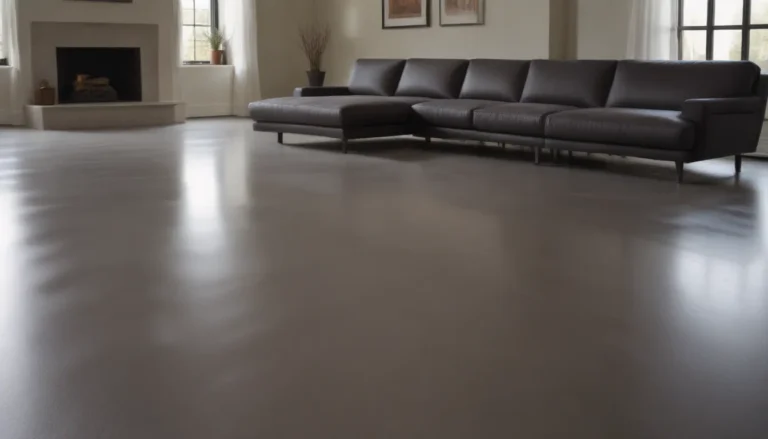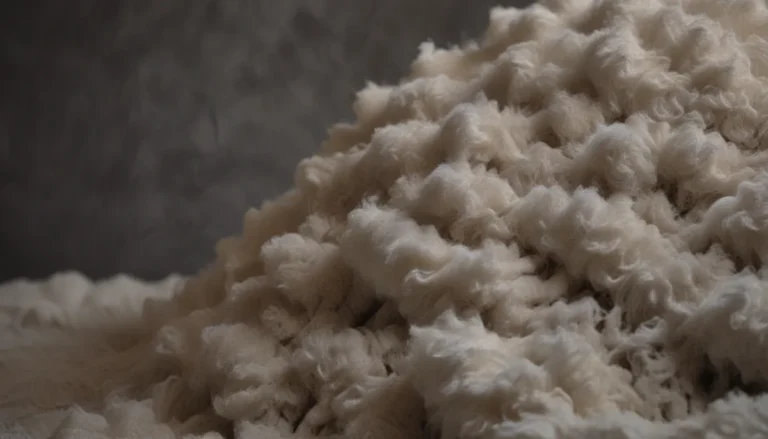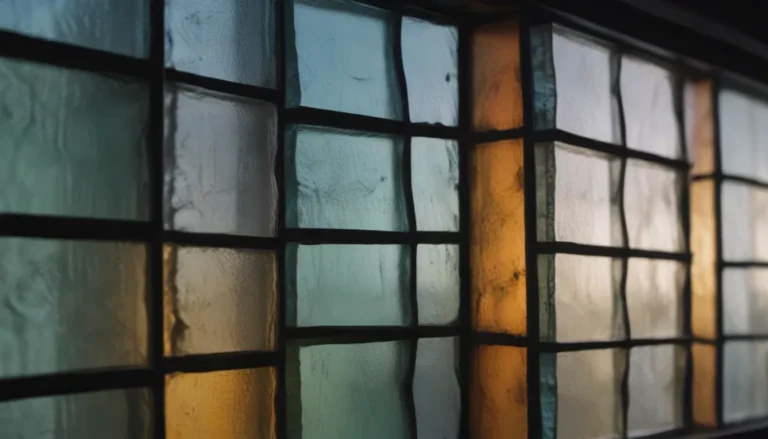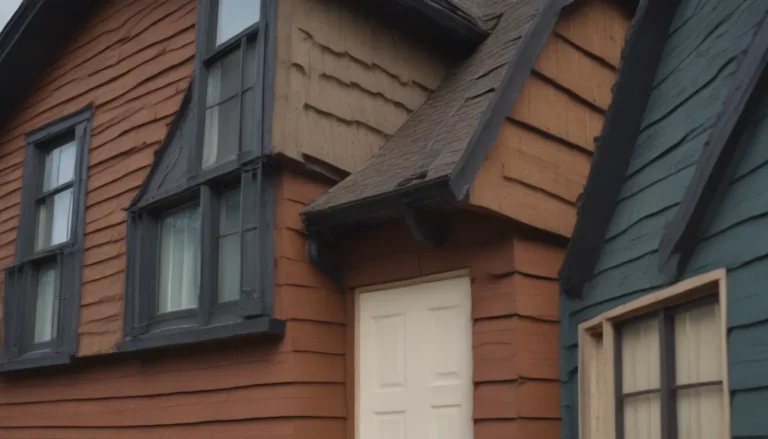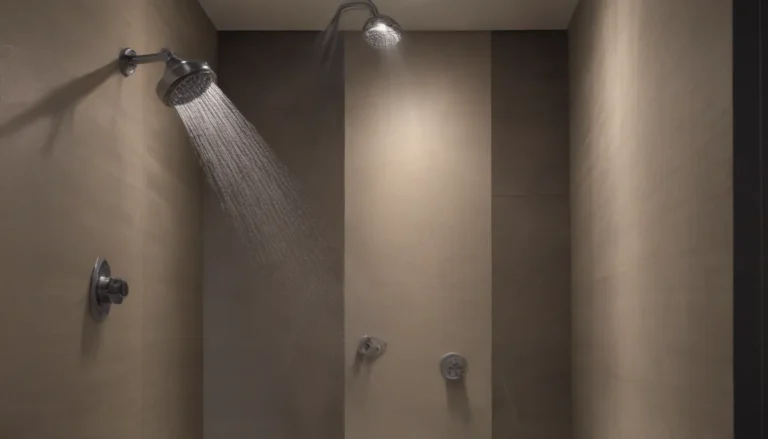Understanding the Difference Between Wood Filler and Wood Putty

When it comes to woodworking projects, filling in imperfections in the wood is an essential step to achieving a smooth, flawless finish. Two popular products used for this purpose are wood filler and wood putty. While these terms are often used interchangeably, there are key differences between the two that can significantly impact the outcome of your project.
Wood Filler: What You Need to Know
Wood filler is a versatile product that is specifically designed for use on unfinished wood surfaces. Made from a mixture of fibers (usually wood byproducts) and hardening resins, wood filler is ideal for filling in gaps, holes, and cracks before staining or painting the wood. Here are some key points to keep in mind when using wood filler:
- DIY Option: You can create your own wood filler by combining sawdust with wood glue. This DIY filler closely matches the tone of the wood being filled.
- Stainable: Most wood fillers are stainable, allowing you to easily cover imperfections and blend them with the surrounding wood.
- Color Options: Wood filler is available in a range of colors to match the tone of the unfinished wood.
- Application: It hardens quickly after application, making it easy to sand flush with the wood surface.
When to Use Wood Filler:
– Fill imperfections in unfinished wood.
– Avoid outdoor use due to potential shrinking and cracking.
How to Use Wood Filler:
1. Clean and prepare the wood surface.
2. Apply the wood filler using a putty knife.
3. Allow the filler to dry completely.
4. Sand the area smooth.
Wood Putty: A Flexible Solution
Wood putty, on the other hand, is best suited for filling imperfections in finished wood surfaces. Unlike wood filler, which hardens after application, wood putty remains pliable, making it a better choice for areas that require flexibility. Here are some characteristics of wood putty:
- Paintable: Once fully cured, wood putty can be painted to match the wood surface.
- Pliable: It stays flexible, making it suitable for areas prone to expansion and contraction.
- Variety of Colors: Wood putty comes in different shades to match various wood tones.
When to Use Wood Putty:
– Fill minor imperfections in finished wood.
– Suitable for exterior use due to flexibility.
How to Use Wood Putty:
1. Clean the area to be filled.
2. Apply the putty using a putty knife.
3. Wipe away excess putty.
4. Allow the putty to cure fully before painting.
Choosing Between Wood Filler and Wood Putty
Deciding between wood filler and wood putty depends on the specific needs of your project. Consider the following questions to help you make the right choice:
- Is the wood surface finished or unfinished?
- Are you filling minor imperfections or larger gaps?
- Is the area prone to expansion and contraction?
Remember, both wood filler and wood putty have their own unique applications and benefits. By understanding the differences between the two products, you can ensure a professional-looking finish on your woodworking projects.
In conclusion, whether you opt for wood filler or wood putty, these products play a crucial role in achieving a flawless finish on your woodworking projects. Understanding their differences and knowing when to use each product will help you make informed decisions and create stunning pieces that stand the test of time. So next time you’re faced with filling in imperfections in wood, remember the distinction between wood filler and wood putty to ensure a successful outcome.

